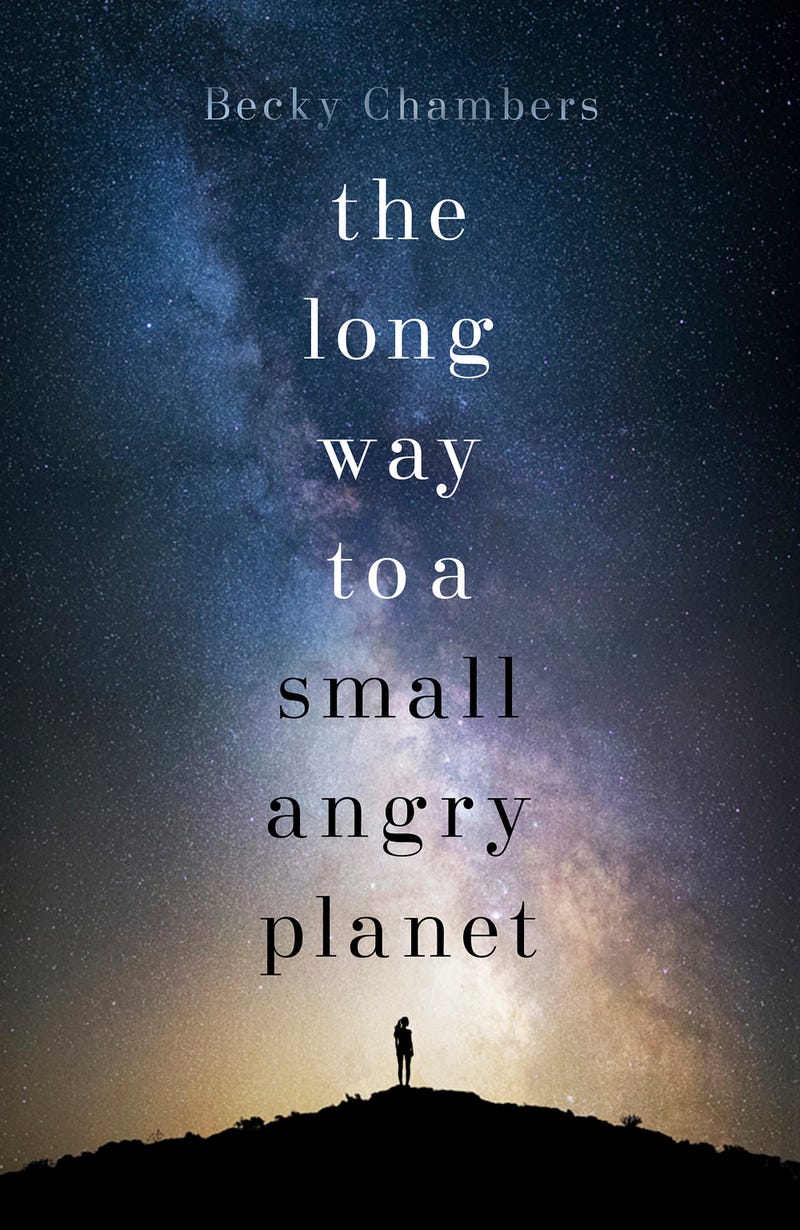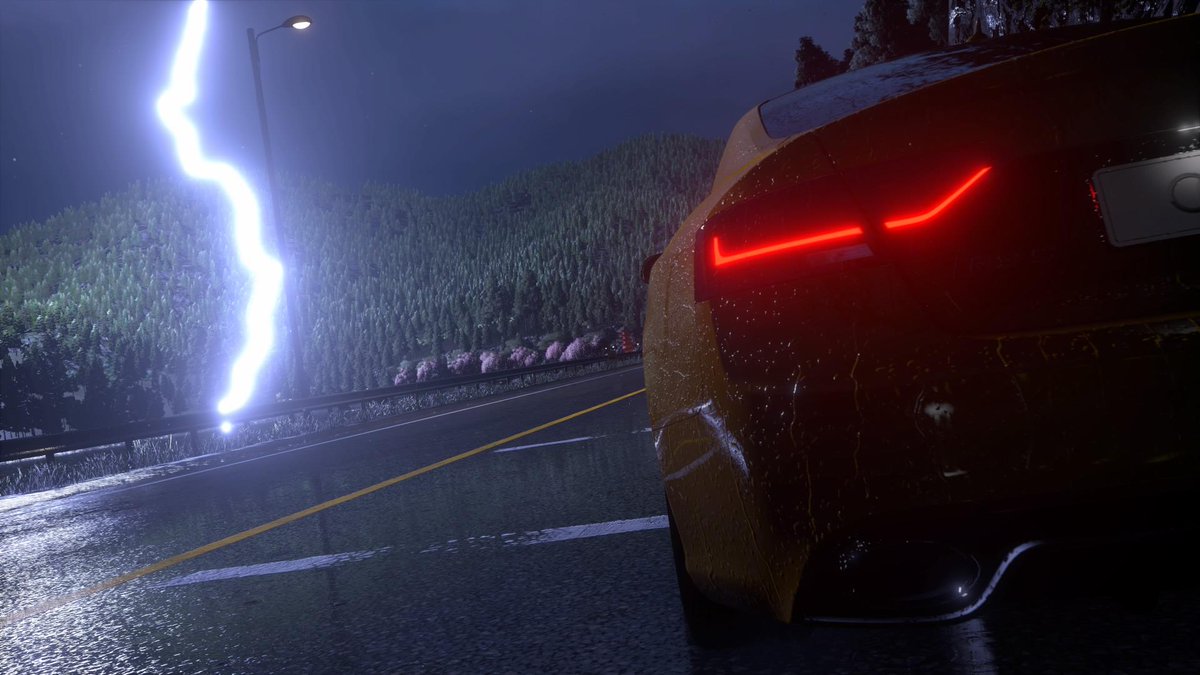Last year saw the release of almost certainly the final Discworld book from the pen of Sir Terry Pratchett.
“But wait,” I hear you say, “wasn’t The Shepherd’s Crown the last Discworld book?”
As it happens, no, it wasn’t. The Shepherd’s Crown is the last Discworld novel, which is a very different thing. Sir Terry was working on one final project with his erstwhile co-conspirators at the Discworld Emporium before his untimely death, and the fruits of that project have been released as The Compleat Discworld Atlas.
The Discworld, as we all know, is a flat world, supported on the back of four elephants who themselves are perched upon the back of a ten-thousand mile long turtle. So far, so imaginary. But it has blossomed into so much more than that. Over the course of forty-one novels, Terry Pratchett’s imaginary world has become perhaps the realest of all of fantasy fiction’s unreal worlds.
Let me show you what I mean.
Discworld is far from the first fantasy world to have been mapped, and a map doesn’t necessarily make an imaginary place any more real. What sets the Discworld apart is the level of thought that has gone into creating it. In the process of pulling the Disc from Pratchett’s mind and putting it onto paper, entire landmasses and topographical features were shuffled around to make sure that, with as few loopholes as possible, the world worked. In one extreme case an entire desert had to be moved because it had been placed in the rain shadow of a mountain range that that would have turned it into a swamp.
The Compleat Discworld Atlas and its companion, The Compleat Ankh-Morpork are in every sense of the word, Real Maps, just not maps of a real place. They are printed on paper that wouldn’t feel out of place in an Ordnance Survey guide. They are meticulously researched and illustrated. They are properly grid referenced and are even folded in the way you’d expect an O/S map to be. To add to this, the maps are accompanied by beautiful hardback books as comprehensive as any atlas or Lonely Planet Guide. The Atlas describes in detail the governments, religions, cultures and economies of the Disc’s myriad imaginary nations. The Compleat Ankh-Morpork is more granular, covering the entirety of the Disc’s largest city, sometimes on a street by street level. It’s packed to the gills with essential travel information, ads for imaginary businesses, tips on getting around, places to stay and amazingly, walking tours. There’s even a directory of wells and pumps, so that you may quench the imaginary thirst you worked up on your imaginary walking tour.
This is all down to the way Sir Terry thought about his creation. He liked the things that appeared in his world to work, and had a lot of fun with making fantasy tropes pay at least lip service to the laws of physics, or failing that, common sense. This had the fortunate side-effect of injecting the Discworld with a palpable sense of substance.
The maps aren’t the only artefacts to arrive here from the Discworld. There are children’s books by Discworldian authors, a farmer’s almanac, a cookbook, advertising posters and most recently, a railway guide as comprehensive as any edition of Bradshaw’s. Ever wanted to know which trains you need to take to travel from Quirm to Uberwald? Now you can find out. Ever fancied trying dwarf bread? Nanny Ogg has the recipe. You can even get an Ankh Morpork passport.
My own personal favourite bit of Discworld is the collection of stamps that came with the hardback of Going Postal. They are real stamps, printed on a real stamp press, on real stamp paper, because Sir Terry said, “If we’re doing this, we’re going to do it properly.” So they did, and made real stamps for an imaginary postal service. If you ever have the good fortune to meet the folks at the Discworld Emporium, ask them about the stamps. It’s a great story.
All of this would count for nothing if you couldn’t identify with the people who live on this flat imaginary world. Middle Earth for example has thousands of years of written history, several beautiful hand drawn maps and a grand narrative to tie them together. I would argue however that The Lord of the Rings can sometimes be a somewhat impersonal story of Dark Lords and Great Heroes. This is the point at which Middle Earth’s halo slips a little for me. I can’t really empathise with Dark Lords and Great Heroes, so the world feels less real to me as a result.
One of Pratchett’s solutions to this was to set his stories in an era of sweeping social change. The Dark Lords and Great Heroes are thus recast as old men left behind by the unstoppable march of progress. They become stubborn geriatrics battling arthritis and false teeth, too set in their ways to change, reminiscing about the good old days around a campfire on the steppes. The Dark Lords and Great Heroes suddenly become relatable. Who hasn’t looked around and felt like this sometimes?
Pratchett’s other stroke of genius was to inject a degree of recognisable normality into the lives of his characters. The denizens of the Disc have lives that go on even when they’re not featuring in a book. They grow and develop over the course of the series and often pass by in the background of other characters’ stories, getting on with their lives away from the metaphorical camera.
Discworld is often thought of as a series of funny fantasy books, which of course, it is. But it is also more than that. Pratchett always dealt with serious issues in his fiction, but he liked to have some fun with those issues along the way. To quote Neil Gaiman on Sir Terry, “The opposite of funny isn’t serious. The opposite of funny is not-funny.” You can be serious about something and laugh at its absurdity at the same time. Pratchett was a very funny man, but he understood that humour alone isn’t enough to carry a narrative. You need to have an irritant to create a pearl.
Sir Terry knew that just because a world is imaginary, it doesn’t mean its people wouldn’t have to deal with the kinds of things that we’d have to deal with in our own lives. Throughout Discworld’s forty-one novels, Pratchett’s characters have had to contend with problems as diverse as their first job, gender inequality, depression, alcoholism, drug addiction, survivor’s guilt, incompetent management, rock n roll, new parenthood and the coming of the railways. And that’s just the small stuff. Sir Terry picked apart a lot of very big issues and delicately threaded them with stories featuring people that you could identify with and root for, whatever their shape. He weaved tales around themes of cultural identity, religious fundamentalism, racism, toxic nationalism, institutionalised religion, the futility of war, social justice, statesmanship, diplomacy, corrupt business, industrial revolution, football and what it means to be human. And that’s just scratching the surface.
It is this iron core of the real world around which the un-reality of the Discworld is formed. It is what ensures that the Discworld will continue to exist for myself and millions of fans around the world, even though Sir Terry Pratchett is gone. It is what makes the Disc feel not like an imaginary world, but a foreign country you can take an all-inclusive holiday to for the price of a paperback.
If you’ve never visited, why not take a trip? I guarantee you’ll enjoy it.
This piece was first published on the Waterstones.com blog and is saved here for posterity. All of the books I have mentioned and many more are available on the website and in store.







